Neutrophil-eosinophil ratio predicts response of kidney cancer to ipilimumab plus nivolumab
31 Aug 2022
biomarkers
combination therapy
immunotherapy
ipilimumab
neutrophil-eosinophil ratio
nivolumab
renal cell carcinoma
Most used tags
renal cell carcinoma immunotherapy combination therapy checkpoint inhibitors Cancer nivolumab TKIs overall survival Opdivo sunitinib Sutent cabozantinib progression-free survival NHS England biomarkers ipilimumab Cabometyx pembrolizumab kidney cancer COVID-19 axitinib cancer survival non-clear cell kidney cancer VEGF inhibitors Inlyta coronavirus Yervoy risk factors adjuvant therapy Keytruda metastases targeted therapy papillary RCC everolimus biological markers Afinitor cancer outcomes ASCO first-line treatment NICEArchives
- 2024: Jan Feb Mar Apr May Jun Jul Aug Sep Oct Nov Dec
- 2023: Jan Feb Mar Apr May Jun Jul Aug Sep Oct Nov Dec
- 2022: Jan Feb Mar Apr May Jun Jul Aug Sep Oct Nov Dec
- 2021: Jan Feb Mar Apr May Jun Jul Aug Sep Oct Nov Dec
- 2020: Jan Feb Mar Apr May Jun Jul Aug Sep Oct Nov Dec
- 2019: Jan Feb Mar Apr May Jun Jul Aug Sep Oct Nov Dec
- 2018: Jan Feb Mar Apr May Jun Jul Aug Sep Oct Nov Dec
- 2017: Jan Feb Mar Apr May Jun Jul Aug Sep Oct Nov Dec
- 2016: Jan Feb Mar Apr May Jun Jul Aug Sep Oct Nov Dec
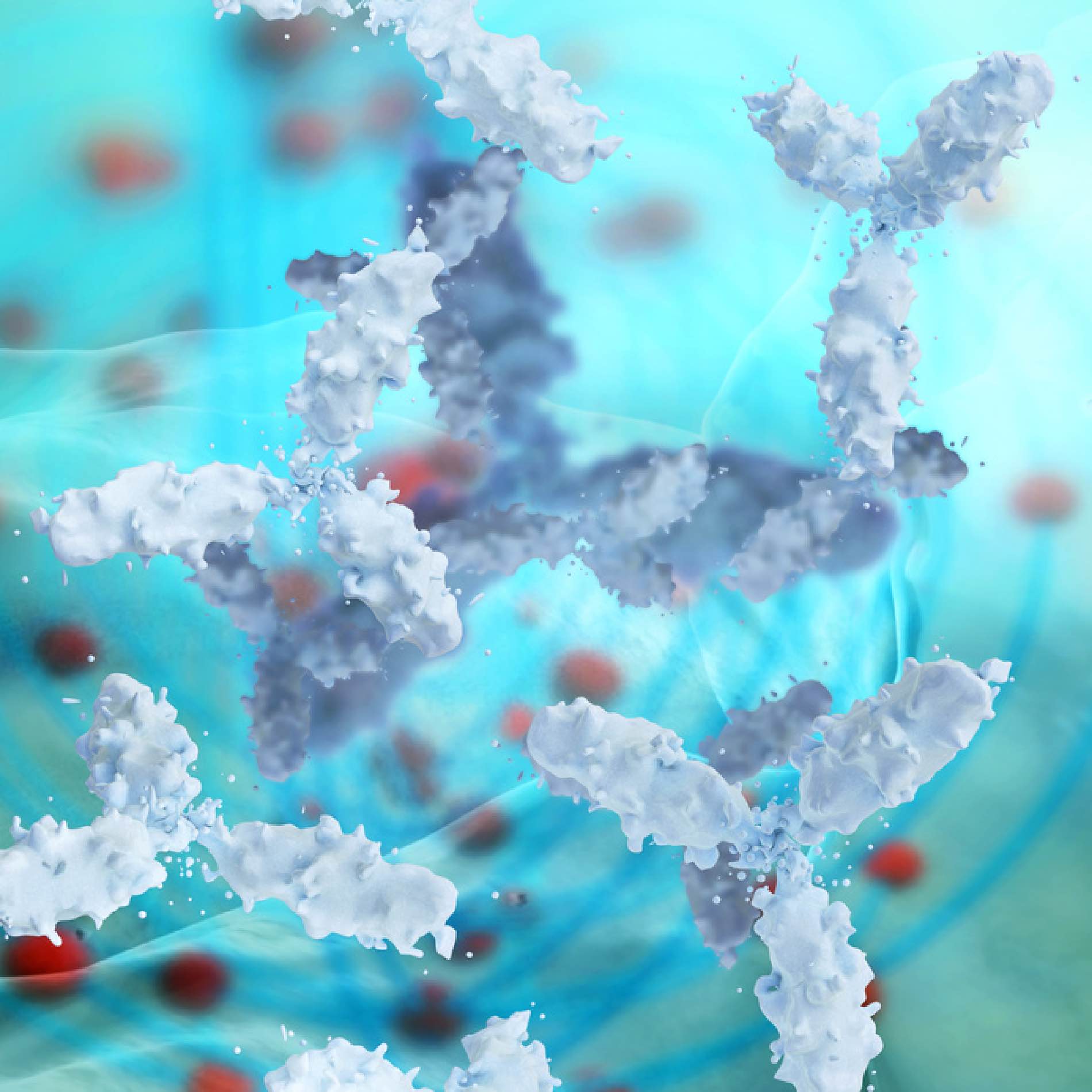


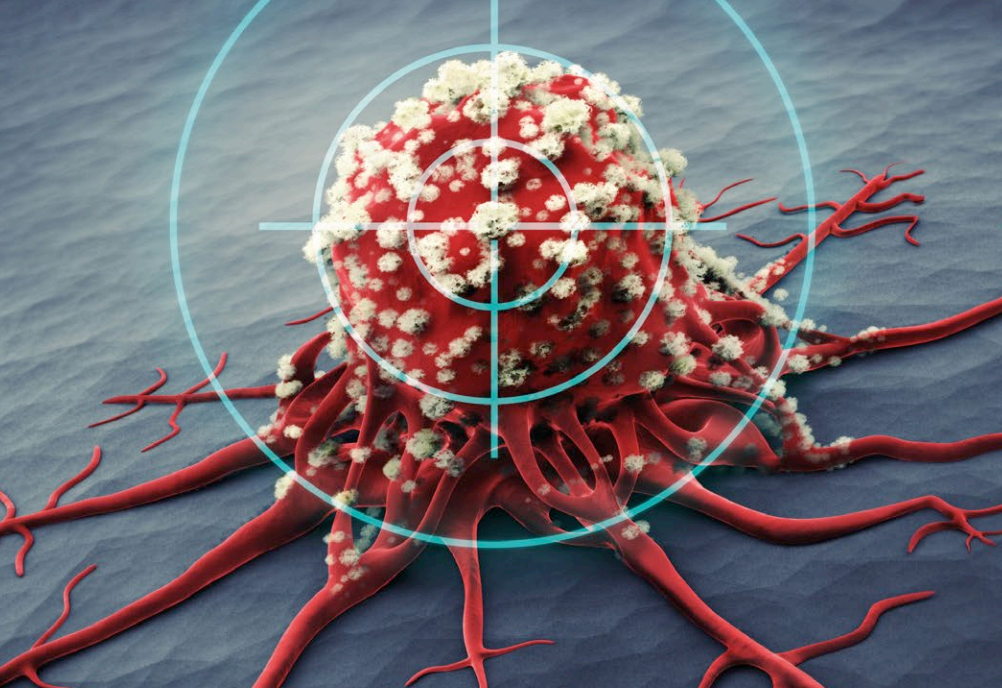


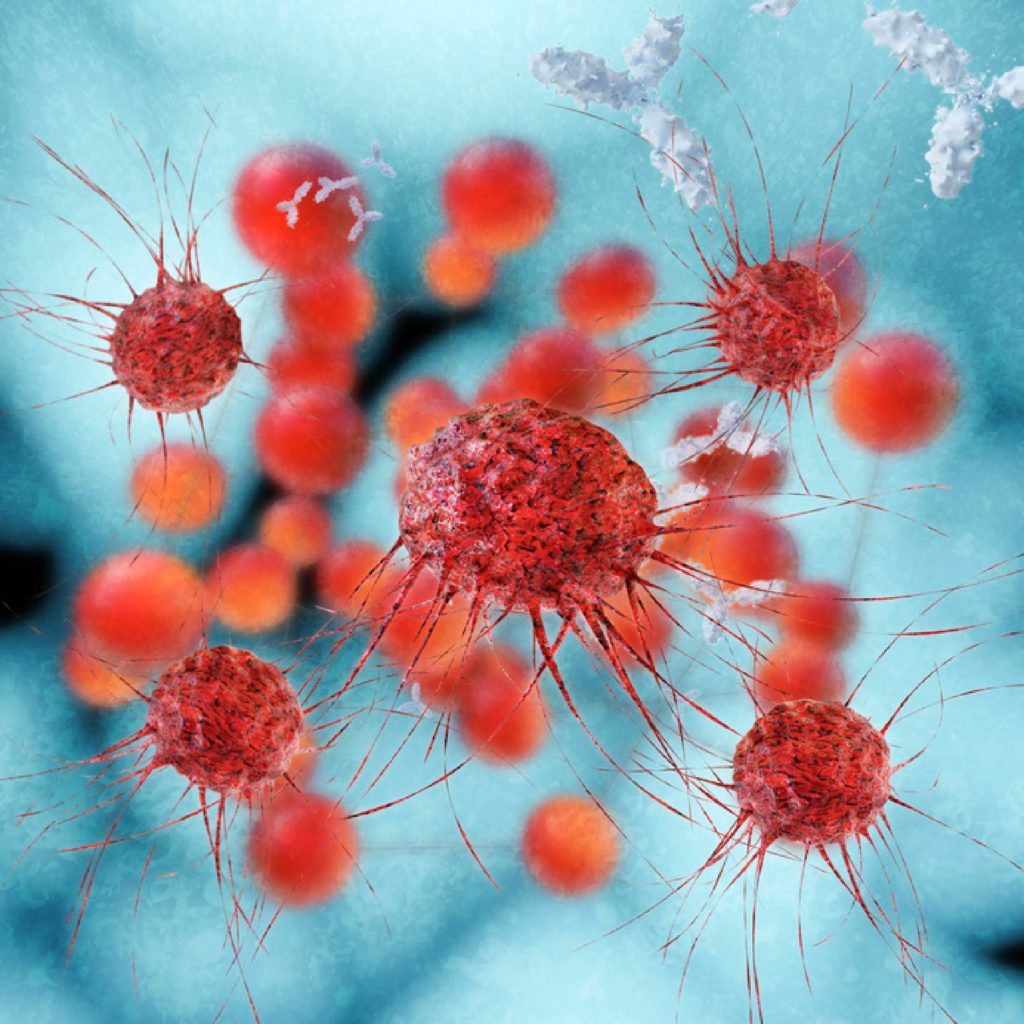
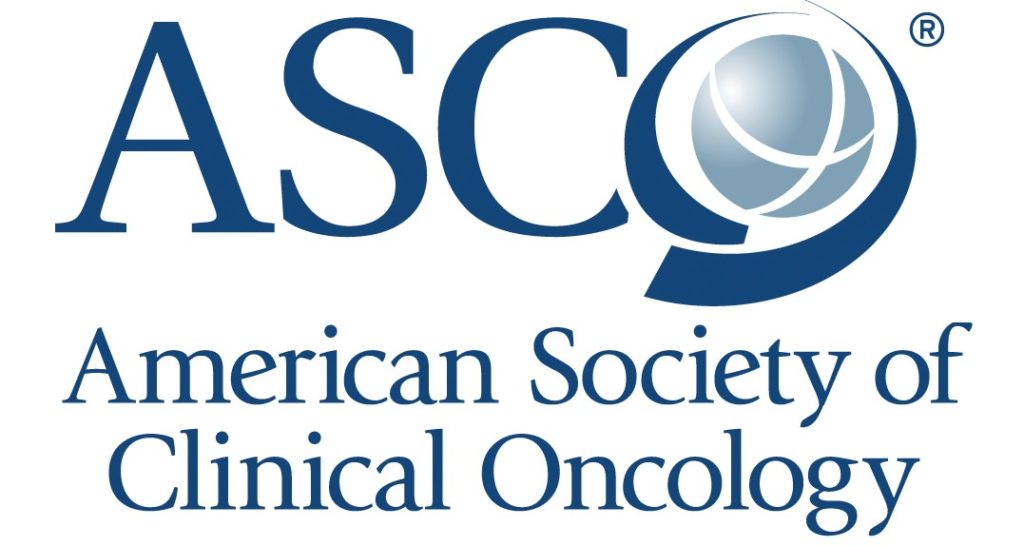
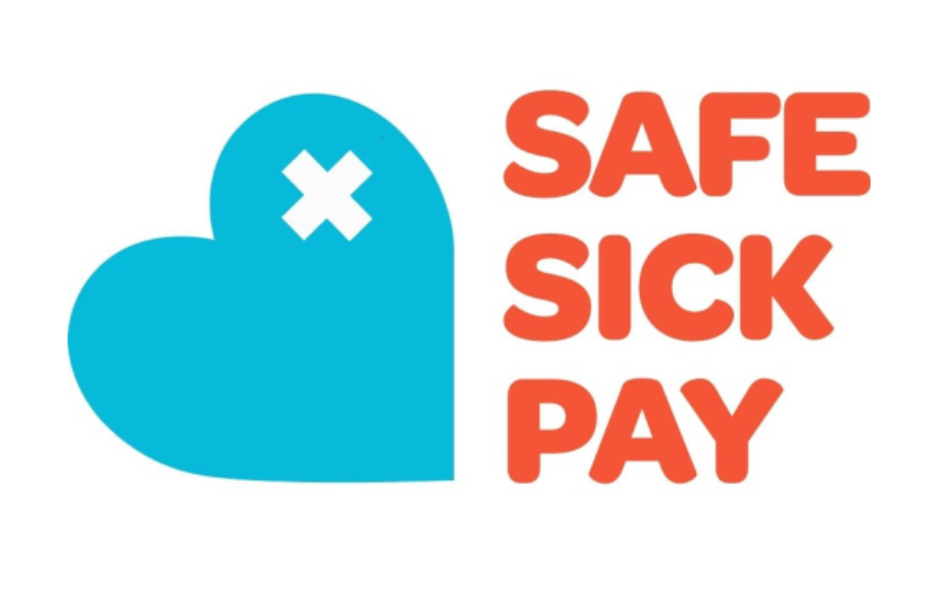


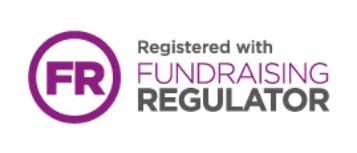
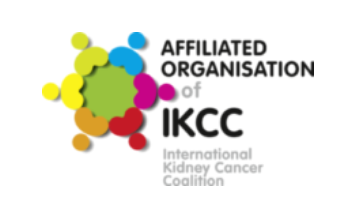
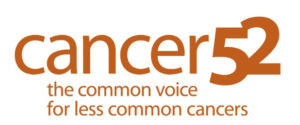
Neutrophils and eosinophils are white blood cells. In this study, 166 patients with kidney cancer that had spread to other organs and other parts of the body (metastatic kidney cancer) were treated with a combination of ipilimumab and nivolumab. The researchers were looking for a link between the ratio of neutrophils to eosinophils with patient outcomes.
Most patients had low or intermediate risk kidney cancer – only 15% had high risk disease. Two thirds had had surgery, and one third had been treated with medicine before entering the study. Patients were followed for nearly a year.
The average neutrophil to eosinophil ratio was lower in patients who responded to treatment 12 weeks after the start of the study. The biggest difference in neutrophil to eosinophil ratio was seen at 6 weeks. A decrease in the neutrophil to eosinophil ratio was associated with improved survival in patients treated with the ipilimumab plus nivolumab combination. A low baseline neutrophil to eosinophil ratio was associated with favourable survival and response to treatment.
This study shows that a decrease in the ratio of neutrophil to eosinophil white blood cells 6 weeks after the start of treatment can be an early predictive biomarker of future response to the ipilimumab plus nivolumab combination. Further studies are needed to confirm these findings and to see if the same is true for other immunotherapy-based combinations.
Read more in the journal Cancers here